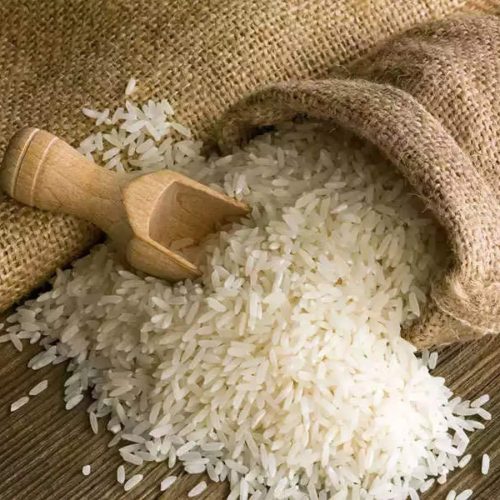- Home
- Rice
Rice
Rice is a type of grain that has been being farmed for over 8,000 years in China. Since then, it has slowly spread to other reasons across the world and has become a dietary staple for billions of people, particularly those in Asia and Latin America.


The overwhelming majority of rice is produced for human consumption – 95% of the full global yields – but it’s also utilized in beverages like sake and, increasingly, within the production of biofuels.
TFG has prepared this text to assist you discover out all there’s to understand about this essential agricultural commodity which sustains over half the world’s population.
The Different varieties of Rice
Rice primarily comes from a species of grass referred to as rice. There are thousands of various forms of this species but don’t worry – there’s no must remember them all! There’s only two that you simply should really know about: Japonica and Indica.
Each of those types grows in several climates and has different characteristics.
Japonica rice is grown in temperate climates in countries like the US, Japan, and Spain, whilst Indica rice is grown in regions with hot, tropical climates like Southern Asia. Japonica rice grains are shorter and rounder and become sticky when cooked, whereas Indica grains are longer and won’t remain when cooked.
There is an extra subcategory of rice which is thought as ‘aromatic rice’, which has speciality, premium-rate varieties like jasmine rice and basmati rice.
Here’s the portion of worldwide trade that these differing kinds of rice represent:
– Indica accounts for over 75% of worldwide trade.
– Japonica accounts for over 10% of world trade.
– Speciality varieties account for 10-15% of world trade.
How Rice is Grown
There is no single method for growing rice. Rather, four separate methods of growing rice have evolved over time. These are:
Irrigated farming
Rain-fed lowland farming
Upland farming
Flood-prone farming
Rice production is more complex than many other grains, like soybeans, and there are multiple stages after the crops are harvested. For rice, the assembly steps are:
Preparation
Planting
Harvesting
Drying
Hulling
For rice, there are an extra 2 steps:
Milling
Enriching
Rice Market Overview
Global warming and growth in regions like Asia and also the geographical area both stand to extend the worth of rice within the years to come back by weakening supplies and bolstering demand. Both of those trends look set to continue well into the longer term which bodes well for rice traders.
However, there are other market factors affecting the worldwide stocks of rice which can counteract these upward trends and cause prices to fall.
It’s speculated that global rice production will reach record amounts in 2018-19 as Bangladesh is anticipated to grow their plantings by around 500,000 hectares. this is often even more significant considering that last year’s yields were significantly down in Bangladesh as a results of drought and flooding.
It’s not only Bangladesh that are boosting their rice plantings either – Madagascar is additionally expected to extend theirs by 18.8%.
Every four months, the USDA releases their report on changes in rice stocks and other important information about the rice market. this can be a go-to source of data for traders who are searching for an up-to-date overview of the rice market. you’ll be able to find it here.
